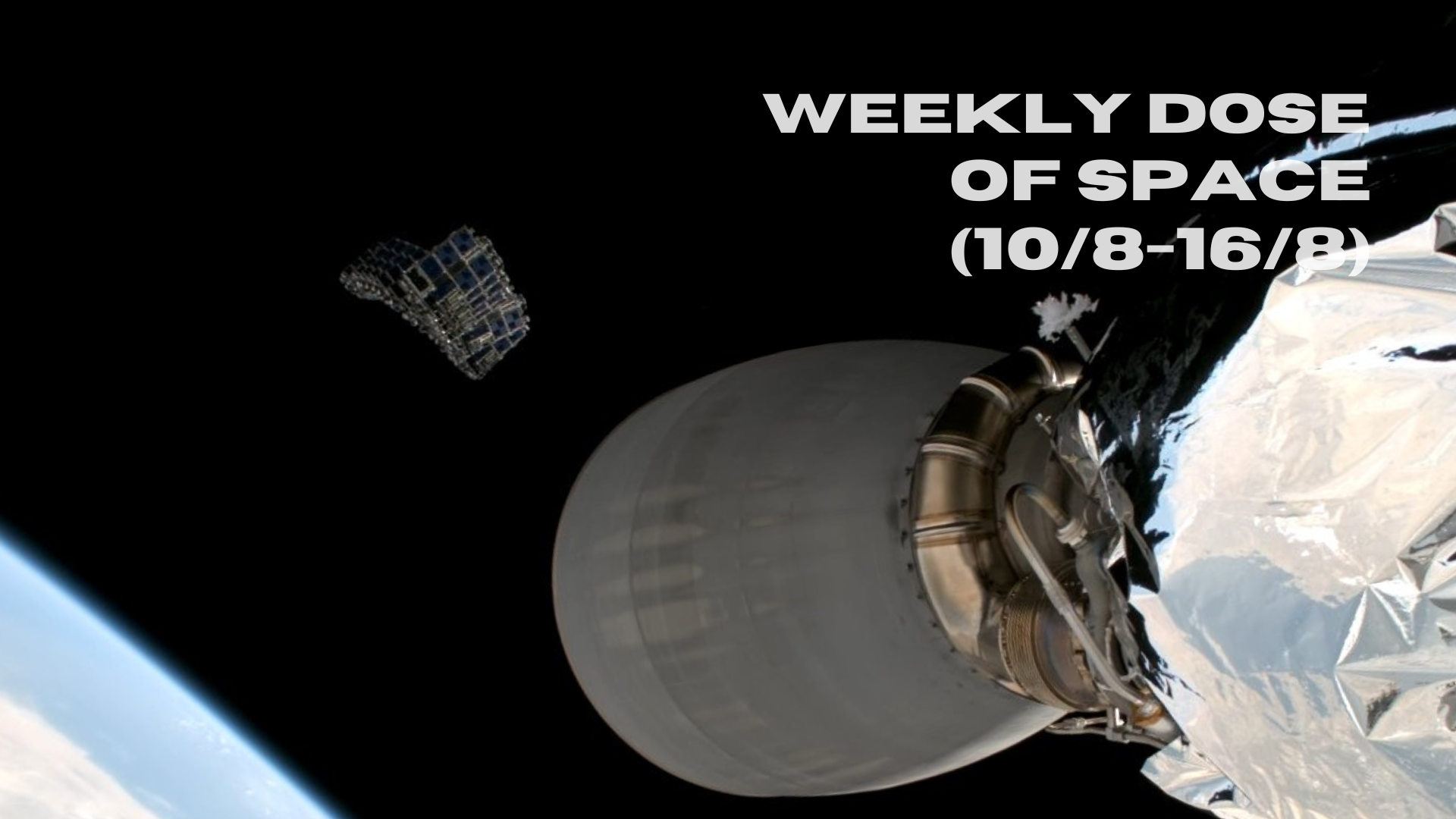Table of Contents
Welcome back to Weekly Dose of Space! This week saw seven launches globally, sadly with one failure. News during the week saw China firing up its Moon rocket and the U.S. President reorganizing commercial space governance. As always, we'll also look ahead to what the worldwide launch schedule might look like next week.
Launches This Week
August 11th - Falcon 9 with KF-02
From Space Launch Complex 40, in Florida, 24 satellites for Amazon's Kuiper constellation were sent into low Earth orbit, bringing it to 102 spacecraft in orbit. Supporting the deployment of more Kuiper satellites was Falcon 9 booster B1091, performing its first flight and landing downrange on the drone ship 'A Shortfall Of Gravitas'.
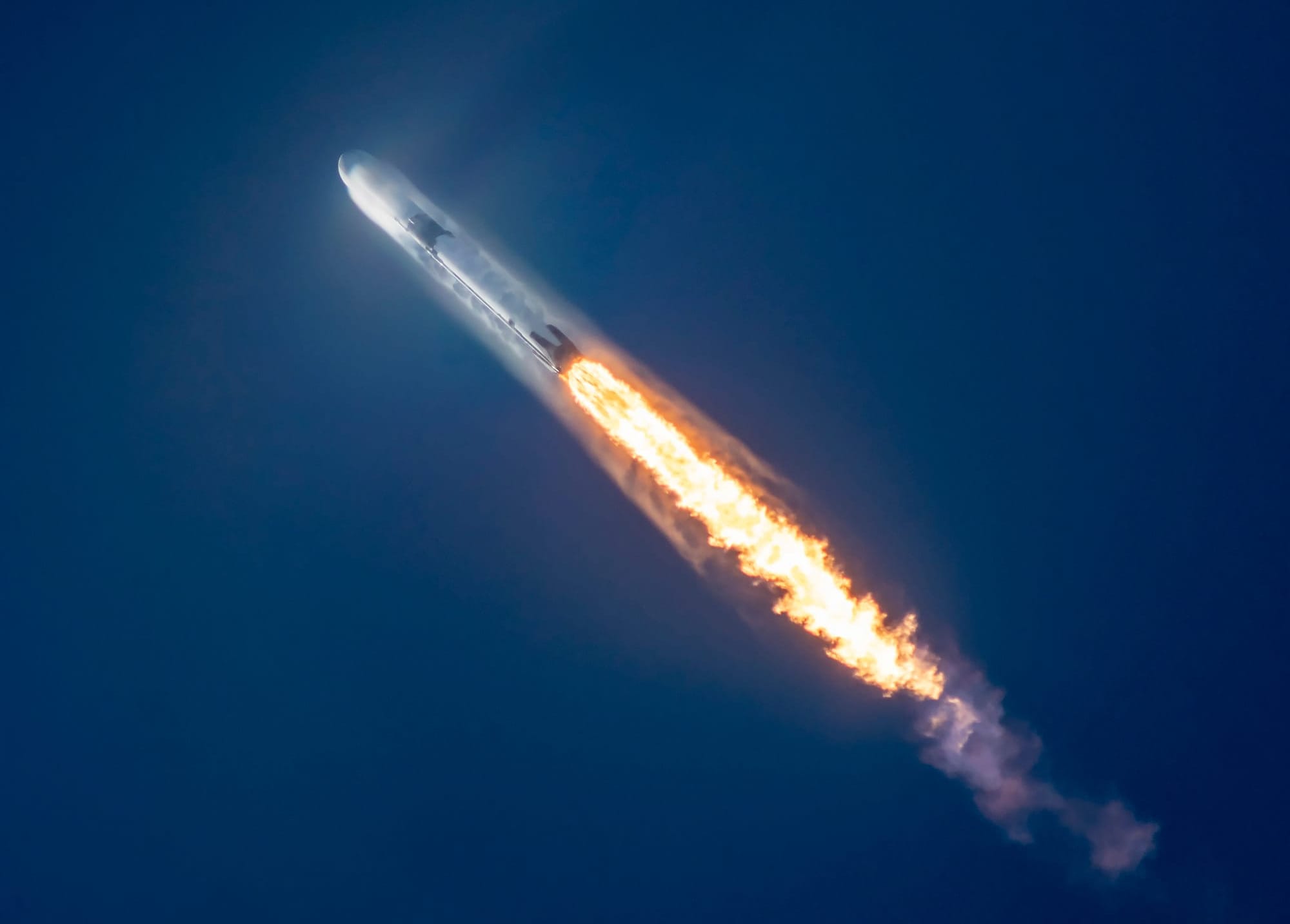
August 13th - Ariane 6 with MetOp-SG-A1
Flying out of French Guiana, Ariane 6 headed to sun-synchronous orbit carrying the first of six MetOp-SG satellites from EUMETSAT. The MetOp-SG-A1 weather satellite is designed to improve the accuracy of European weather forecasts.
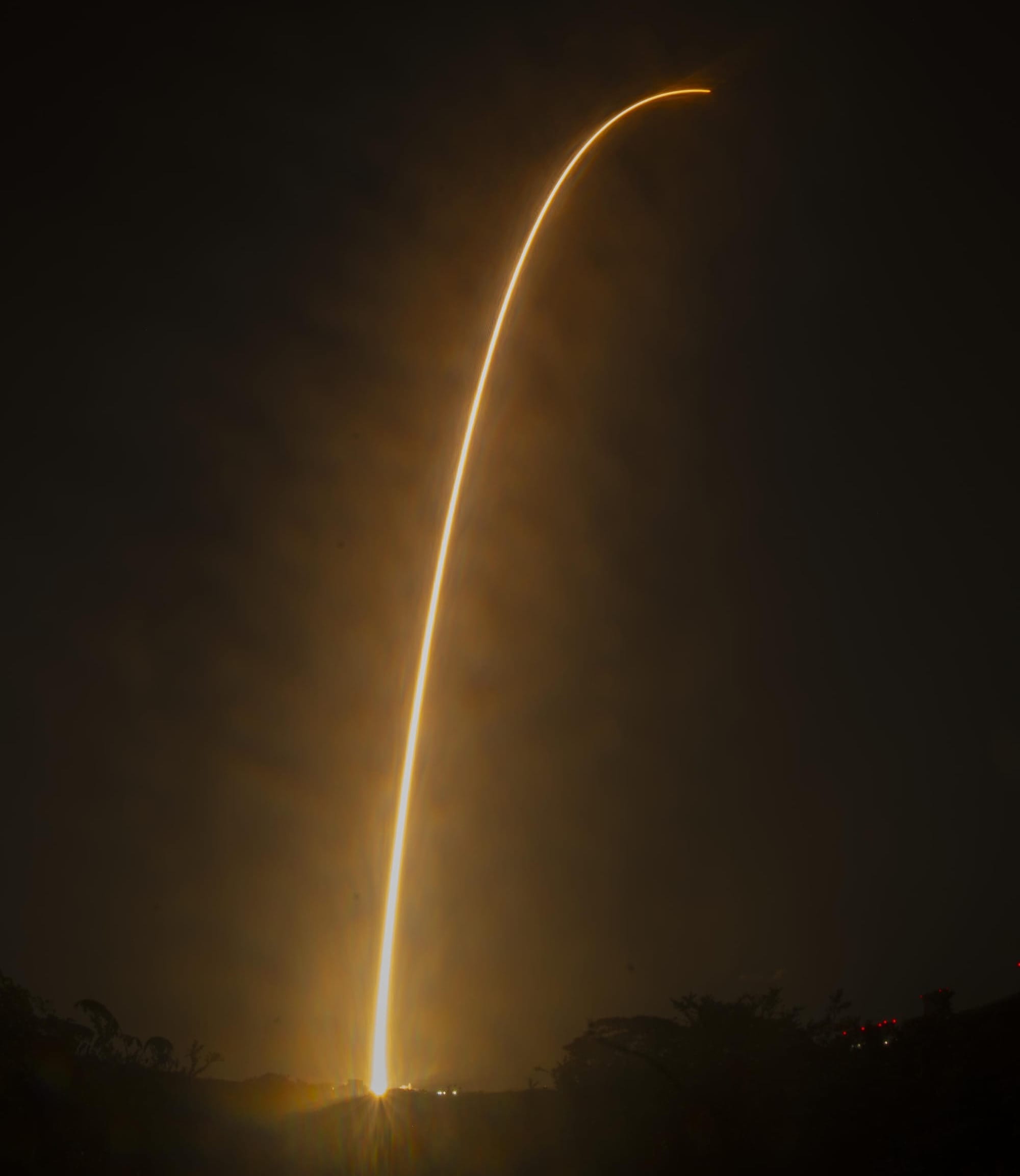
August 13th - Vulcan with USSF-106
United Launch Alliance's Vulcan rocket launched from Space Launch Complex 41, in Florida, to begin the secretive USSF-106 mission with a flight direct to geostationary space. At least two military spacecraft were onboard, with one being Navigation Technology Satellite-3, set to perform positioning, navigation, and timing experiments.
Vulcan’s USSF-106 goes direct to GEO, powering national security with precision. pic.twitter.com/9vMpkytaiR
— ULA (@ulalaunch) August 14, 2025
Vulcan lifting off from Space Launch Complex 41 for USSF-106, via United Launch Alliance on Twitter.
August 13th - Long March 5B with GuoWang Group 08
A Long March 5B, China’s most capable launch vehicle, flew from Launch Complex 101 at the Wenchang Space Launch Site, carrying ten satellites into polar orbit for the GuoWang constellation. With the launch, the state-backed constellation has expanded to 67 satellites in orbit.
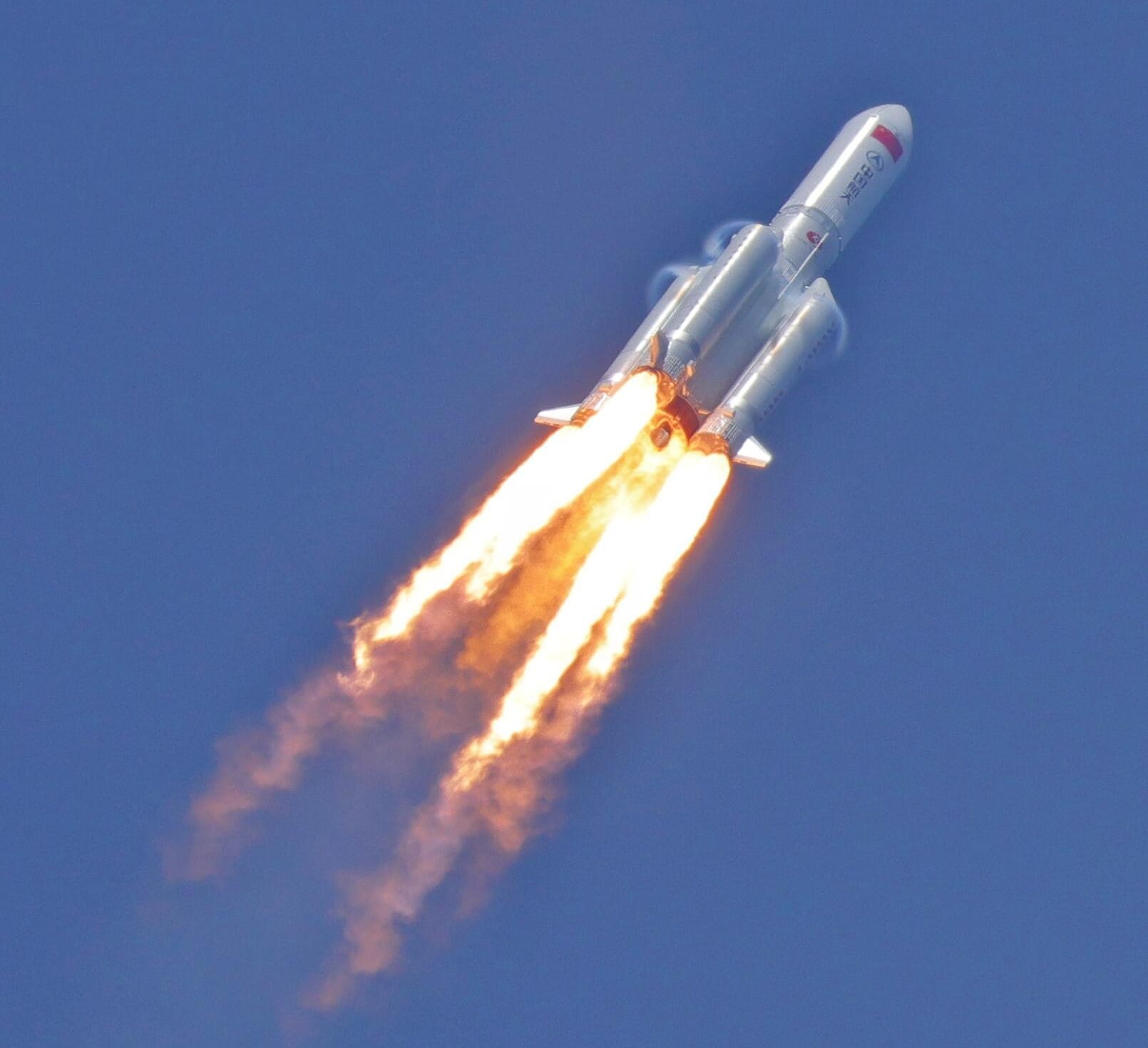
August 14th - Falcon 9 with Starlink Group 17-4
Falcon 9 flew from Space Launch Complex 4E, in California, carrying twenty-four Starlink satellites to low Earth orbit. Booster B1093 supported this mission, for its fifth flight with a landing on the drone ship 'Of Course I Still Love You' downrange.
August 14th - Falcon 9 with Starlink Group 10-20
Twenty-eight more Starlink satellites were delivered to low Earth orbit by a Falcon 9 flying from Space Launch Complex 40. Supporting this mission was booster B1085 for its tenth flight, with a landing downrange on the done ship 'Just Read The Instructions'.
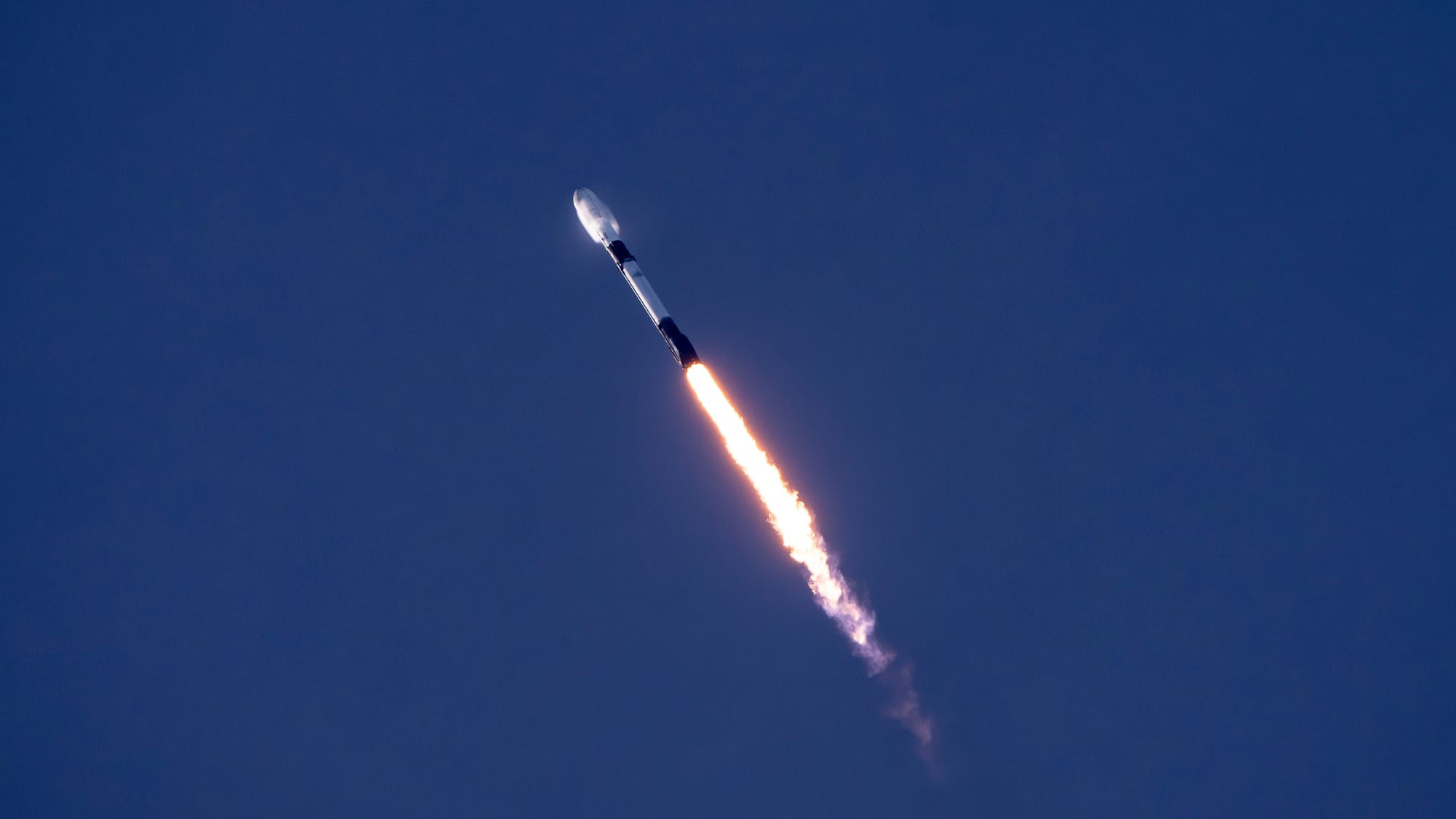
August 15th - Zhuque-2E for an unknown customer
LandSpace launched its third Zhuque-2E rocket from Launch Area 96A at the Jiuquan Satellite Launch Center, heading for low Earth orbit. Sadly, during its flight, the vehicle suffered from a failure, that the company is yet to disclose, resulting in a loss of the rocket and its payload.
In Other Space News
China fires up Moon rocket!
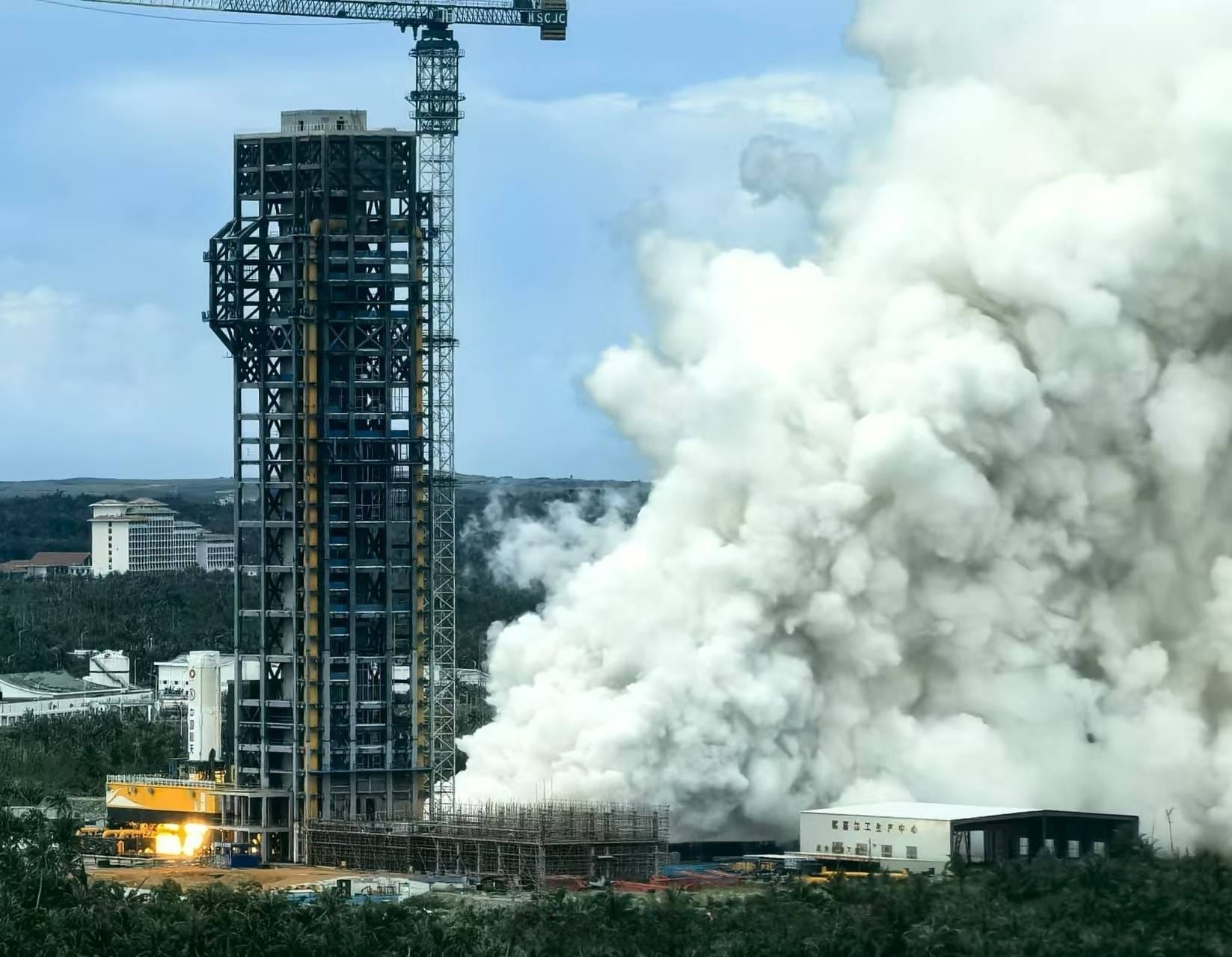
At the Wenchang Space Launch Site in China's Hainan province, the China Manned Space Agency and the China Academy of Launch Vehicle Technology fired up a static fire test article of the Long March 10 Moon rocket on August 15th, atop Launch Complex 301. For the test, seven YF-100K engines were ignited and burned for about thirty seconds.
According to the involved agencies and enterprises, the test demonstrated and validated simultaneous ignition, control, and operation of all seven engines along with their propellant feed systems, ignition timing, and engine gimbal control mechanisms. After the test, the China Manned Space Agnecy also noted:
“The successful test laid an important technical foundation for the manned lunar exploration mission. In the future, the Long March 10 series of carrier rockets will be fully used in manned space engineering missions, together with the Mengzhou manned spacecraft, to realize the upgrading and development of [China’s] manned space-to-earth transportation system.”
Launch Complex 301, the under-construction launch pad for the Long March 10 rocket, was supposedly selected for this test as existing test stands can't accommodate the massive thrust loads expected, around 892 tons. The choice to use the rocket's launch pad also allows engineers to validate the rocket's systems in the actual launch environment where it will eventually fly from.
Trump signs commercial space executive order
On August 13th, U.S. President Donald Trump signed an executive order aimed at reorganizing regulations for commercial space activity. According to an accompanying fact sheet, the order:
- Directs the Secretary of Transportation, in consultation with the Chair of the Council on Environmental Quality, to eliminate or expedite environmental reviews for launch and reentry licenses and permits.
- Directs the Secretary of Transportation to review regulatory requirements to eliminate outdated, redundant, or overly restrictive rules for launch and reentry vehicles.
- Instructs the Secretary of Commerce, in coordination with the Secretary of Defense, the Secretary of Transportation, and the Administrator of NASA, to evaluate State compliance with the Coastal Zone Management Act (CZMA) and whether States are hindering spaceport infrastructure development under the CZMA, or otherwise placing limitations on spaceport development that are inconsistent with Federal law.
- Directs the Secretary of Defense, the Secretary of Transportation, and the Administrator of NASA to align their review processes to eliminate duplicative regulations and expedite spaceport development.
A press release from NASA was also sent out after the signing, repeating many of the same points but highlighting that the U.S. Federal Aviation Administration's Associate Administrator for Commercial Space Transportation will become a political appointee, while the Office of Space Commerce will be moved to the Office of the Commerce Secretary.
Despite official rhetoric about unleashing American superiority in space, it is highlighted that the order weakens NASA's position, already under threat of massive budget cuts by Trump, and largely benefits private companies like SpaceX, who are accused of damaging ecosystems across the Gulf of Mexico.
What to Expect Next Week
August 17th - Long March 4C with a to-be-annouced payload
From the Xichang Satellite Launch Center, a Long March 4C may fly to low Earth orbit, carrying an undisclosed payload.
August 17th - Long March 6A with a to-be-annouced payload
A Long March 6A is expected to launch from the Taiyuan Satellite Launch Center, carrying a currently unknown payload to polar orbit.
August 18th - Falcon 9 with Starlink Group 17-5
SpaceX is preparing to launch twenty-four Starlink satellites to low Earth orbit via a Falcon 9.
August 20th - Soyuz 2.1a with Bion-M No. 2
A Soyuz 2.1a is set to launch a recoverable satellite carrying various experiments and instruments to low Earth orbit.
August 21st - Falcon 9 with USSF-36
A Falcon 9 is planned to launch the USSF-36 mission from Launch Complex 39A, carrying the secretive X-37B spaceplane.
August 22nd - Falcon 9 with Starlink Group 17-6
Another group of Starlink satellites is planned to head to low Earth orbit atop of Falcon 9, flying out of Space Launch Complex 4E.

